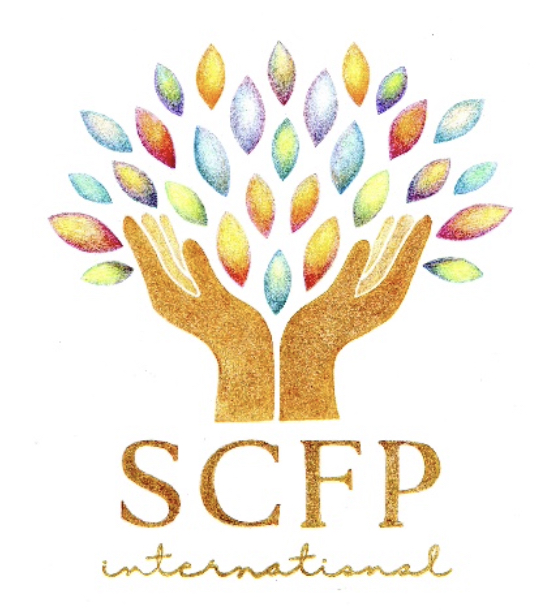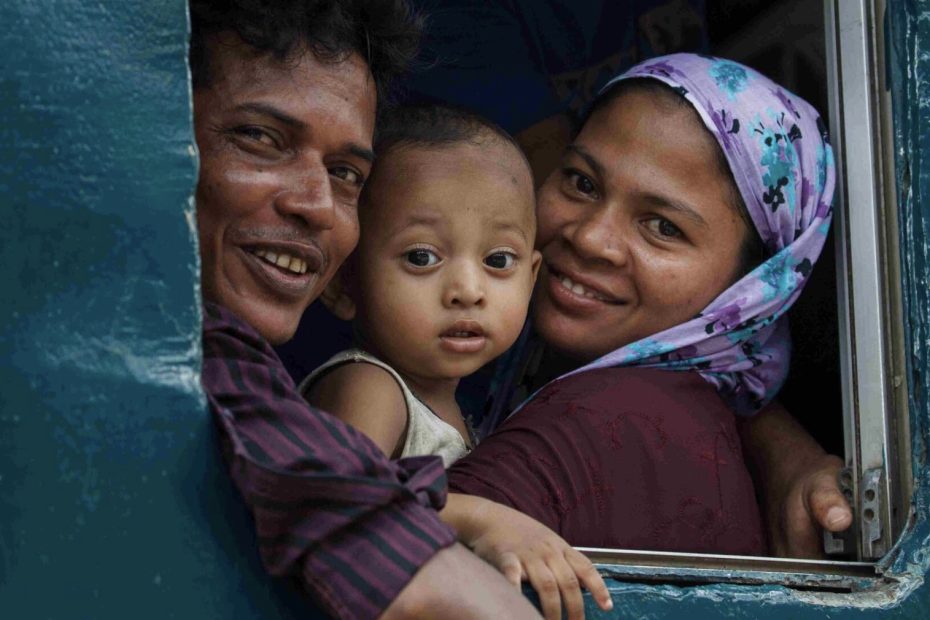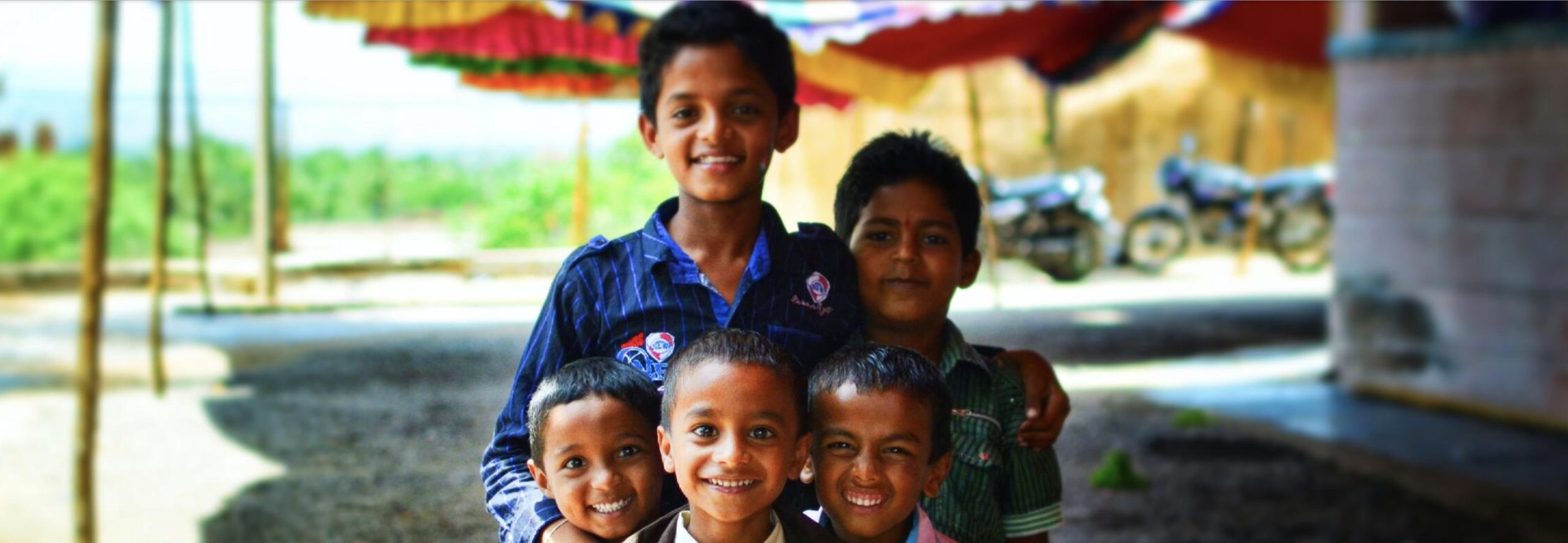The Strengthening Christian Families Program (SCFP)
–Every lesson has a purpose!
Can you help us with the drug problem? This was the question repeatedly asked to us 10 years ago from the remote area in SE Asia where our language project was located. Drug use and addiction was rampant. We heard endless tragic stories of how families were being torn apart. The problem seemed insurmountable, but how could we help?
At a loss of what to do, we started researching. We wanted to know:
- What makes it more likely that a child will choose to abuse alcohol or other drugs?
- What actually helps keep kids from addictions and delinquent behavior?
- What helps kids make healthy choices?
We learned that there are both risk factors and protective factors that can influence a child to either harm or protect them from substance abuse and delinquent behaviors. Risk factors contribute to substance abuse. Protective factors help prevent substance abuse.
Four major areas of a child’s life affected by the risk and protective factors are…
- Community/Society
- Friends
- Family
- Individual personality and temperament
Risk Factors
The risk factors are the areas that we need to try to minimize in our children’s lives as much as possible.
Some examples of risk factors include: neglect, overly lax or harsh discipline, lack of supervision, substance use by friends or other family members, stressful life events, communication difficulties, rejection, and poor family management.
A child’s friends, parenting styles in the home, and family conflict are among the largest predictors of whether a child will abuse alcohol, other drugs, or choose to get involved in other delinquent behavior.
Children with difficult or traumatic childhood experiences are even more at risk for using dangerous substances. This can also have a negative impact on their developing brain, their behavior, and their ability to manage their anger and other emotions. It can also have an influence on their ability to plan and organize for the future and their ability to be a nurturing parent to their own children one day.
Protective Factors
The protective factors are the areas that we need to try to strengthen in our children’s lives as much as possible to help protect them from delinquency, alcohol and other drug use, and even certain mental health problems. Some examples of protective factors for children include: self-confidence, good problem-solving skills, self-control, purpose in life, friends who aren’t using drugs, close family relationships with bonding and love, and consistent, predictable parenting.
Research shows that strengthening the family relationships is the #1 way to strengthen our children and protect them from the risk factors in their lives. We may not feel that we have a lot of direct power over the influences of society, but we do have influence over the way we raise our children. We do have influence over whether or not we have positive, close family bonds.
Family protective factors outweigh the risk factors. A child can live in a community with many risk factors, but remain protected if they have a close, supportive family where they feel loved, valued, and accepted.
The family is important! If a child does not have a safe adult to talk to, then they are more likely to follow their peers when they are tempted with peer pressure. Children need someone who will talk to them, listen to them, value them, and help them with their problems.
See the full list of risk and protective factors used in the SCFP program here: Risk and Protective Factors
This protective factor research is not new information—Advice about resiliency and building strong relationships and families has been available for us in God’s Word for generations—long before psychologists began studying this topic. God made us. He loves us. He knows what is best for our children. Therefore, the logical place to look for insight into raising our children is the Bible. Resiliency research backs up Scripture!
Strengthening Communities and Families
The Strengthening Communities and Families curriculum works to minimize the risk factors in a child’s life and increase their protective factors. This helps to build their personal resiliency against the problems in their lives and increases the chances that they won’t resort to using alcohol or other drugs to cope with their problems. Most importantly, it is Scripture-based, and points them to a personal relationship with Jesus.
And, actually, the program is not only for families who are at high risk for addictions, it is also for the general population of families. Strengthening the family helps children and society in so many ways beyond the problems of addiction and delinquency.
Psalm 119:105—Your word is a lamp to my feet and a light for my path.
God’s Word is like a light to us. It helps us see the right way and how we should live our lives. God gave us instructions to follow in the Bible so we could have the best life possible.
2 Timothy 3:16-17—All Scripture is God-breathed and is useful for teaching, rebuking, correcting and training in righteousness, so that the man of God may be thoroughly equipped for every good work.
God says that His Word equips us for doing every good work. That includes raising our children! We can look to God and His Word to give us everything we need for living holy lives and raising our children in godly homes.
The lessons in the SCFP fall under three main categories of protective factors for children
- Bonding & Communication
- Boundaries & Family Management
- Monitoring & Self-Regulation
Bonding & Communication
Lessons 1-7 are about bonding. It is important to connect with our children to form warm, loving relationships. Research shows that children are less likely to drink alcohol or get involved in other delinquent behavior if they feel close to their parents or other caregivers. Bonding increases a child’s confidence, happiness, and success in their life in so many areas. This set of lessons focuses on family communication skills and the importance of spending quality time together: noticing the good in one another, how to express love in a way your family feels it, communicating with love and understanding (active listening skills, speaking without blaming, breaking bad communication habits, etc.), how to have a family meeting to discuss important matters and have fun together, how to manage emotions, stress and anger, apologizing and forgiveness and how to be a peacemaker. These lessons also emphasize our relationship with God and our communication with Him.
Boundaries & Family Management
Lessons 8-12 are about setting safe boundaries and family management. Research shows that children from well-managed homes with clear rules and expectations are less likely to abuse alcohol or be involved in other delinquent behavior.
In this section, the parents’ lessons are about positive parenting styles, the difference between harsh punishment and positive discipline, and the 7 steps of positive discipline. These lessons involve practical ideas for making reasonable family rules, having fair consequences for disobeying the rules, and rewarding good behavior. They also include teaching age-appropriate responsibilities and establishing family routines to manage your household well, make sure important things get done, and reduce stress. The children and teens learn about understanding the reasons behind their family rules, accepting parental boundaries, and showing their parents’ respect. In this set of lessons, they also learn about self-control, staying calm in consequences, giving and receiving constructive criticism, setting goals for their futures, how to delay gratification to help them reach their goals, and problem solving and negotiation skills. This includes refusal skills: how to say “no” to stay out of trouble.
Monitoring & Self-Regulation
Monitoring is knowing where your children are, who they are with, what they are doing, when they will be home, and if there will be drugs or alcohol at their social events as much as possible..
In lessons 13-16 the parents are learning about monitoring their children in various areas and the children and teens are learning about self-regulation—learning to monitor themselves to stay safe. The monitoring lessons are divided into four parts.
In parts 1 & 2 they will learn about the effects of alcohol and other drugs on the brain and body. This includes addiction and how a person becomes addicted. There is also a drug fact book called, The Effects of Tobacco, Alcohol, and Other Drugs on Your Body, that can be used as a source alongside these lessons. (I’m currently working on a simpler version of this for children.)
In part 3, the lessons are about protecting your child’s emotional well-being and also monitoring their screen time. The screen time lesson includes healthy screen time use, social media, keeping safe from online predators, pornography, sexting, and video game addiction.
Part 4 is about friendship. The #1 reason children choose to use tobacco, alcohol or other drugs is because their friends do. So, lesson 16 talks about how to find good friends and be a good friend, what to do about bullying, and more about refusal skills to help them handle peer pressure.
This lesson also addresses sexuality– talking to your kids about sex and marriage, good touch/bad touch for younger children and the topic of dating and premarital sex for the teens, among other topics.
All three of the protective factor categories included in the curriculum are important and work together: bonding & communication, boundaries & family management, and monitoring/self-regulation.
Bonding and close connection with our children creates love and trust in the home. It is the foundation for everything else. It makes setting the boundaries and monitoring easier. Having clear boundaries and expectations make monitoring easier. Trusting your kids but verifying that they are doing what they say they are doing shows you love them and helps keep them safe while their brains are still developing.
There are also a few other lessons included in the program that help to build the community. Lesson 17 is about our purpose in Life. This includes learning about the spiritual gifts and using our spiritual gifts to bless others. It also teaches about the character trait of perseverance. Lesson 18 is about family values, traditions and giving service to your community.
In the ten years since we were first asked if SIL could help with the drug problem, God has been at work in ways beyond what we ever imagined! In that first country, over 1200 teachers/trainers have been trained and well over 40,000 adults, teens, and children have taken the classes. The program there is completely run by nationals. Since sharing the program at EMDC 2023, people from 60 different countries have asked to use the curriculum. It is currently being translated into 14 languages.
See the SCFP Website for more information. You can also use the contact form on the website to request the free curriculum. No specific training is required to use the program. For those interested, live online trainings are available upon request (1. SCFP Orientation 2. How Our Brains Learn New Healthy Habits 3. How to Use the SCFP Curriculum).
Leslie Wannemacher
SCFP Coordinator/SIL Global



